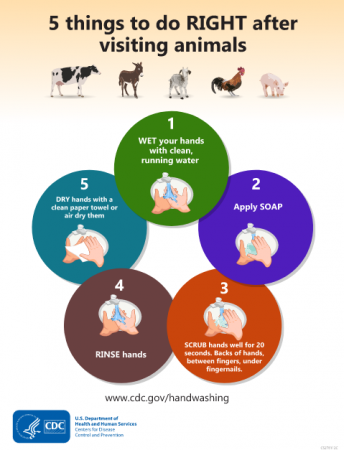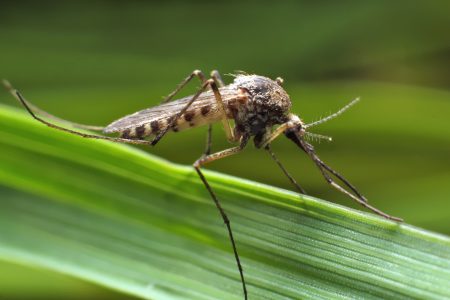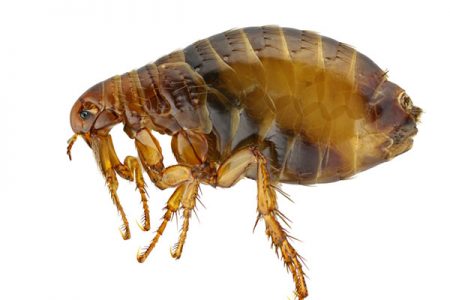Vector-Borne & Zoonotic Disease
Vector-borne and zoonotic diseases (VBZD) are infectious diseases whose transmission involves animal hosts or vectors.
Vector-borne diseases are infections transmitted (spread) through the bite of infected blood-feeding arthropods (vectors) such as mosquitoes, ticks, and fleas. Vectors can carry infectious pathogens (germs) such as bacteria, viruses, and parasites that upon transmission become the causative agents of common diseases such as Lyme, Anaplasmosis, Babesiosis, Ehrlichiosis, West Nile Fever, Zika, Dengue, and Malaria.
Zoonotic diseases or zoonoses, such as Avian Flu and Rabies, are diseases that can be transmitted from animals to humans by either contact with the animals or through vectors that carry zoonotic pathogens to from animals to humans. Zoonotic diseases are caused by harmful germs like viruses, bacterial, parasites, and fungi. These germs can cause many different types of illnesses in people and animals ranging from mild to serious illness and even death. Some animals can appear healthy even when they are carrying germs that can make people sick.
How do germs spread between animals and people?
Because of the close connection between people and animals, it’s important to be aware of the common ways people can get infected with germs that can cause zoonotic diseases. These can include:
- Direct contact: Coming into contact with the saliva, blood, urine, mucous, feces, or other body fluids of an infected animal. Examples include petting or touching animals, and bites or scratches.
- Indirect contact: Coming into contact with areas where animals live and roam, or objects or surfaces that have been contaminated with germs. Examples include aquarium tank water, pet habitats, chicken coops, plants, and soil, as well as pet food and water dishes.
- Vector-borne: Being bitten by a tick, or an insect like a mosquito or a flea.
- Foodborne: Each year, 1 in 6 Americans get sick from eating contaminated food. Eating or drinking something unsafe (such as unpasteurized milk, undercooked meat or eggs, or raw fruits and vegetables that are contaminated with feces from an infected animal).

In this Section
- Coronaviruses
- Tick-Borne Diseases
- Mosquito-Borne Diseases
- Rabies
- Ebola Virus Disease
- Flea-Borne Diseases
Return to Community Health


